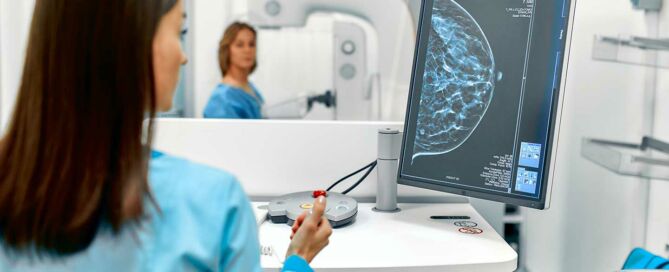Early detection of breast cancer: current research shows promising new possibilities
State-organized early detection of breast cancer is evidently a successful project: since the introduction of statutory screening programs, demonstrably fewer women have died of breast cancer. But there is still room for improvement, as standardized screenings are not optimal for every woman. Current studies show how breast cancer screening can be methodologically refined and personalized. More efficient workflows could also reduce the burden on radiology facilities.





